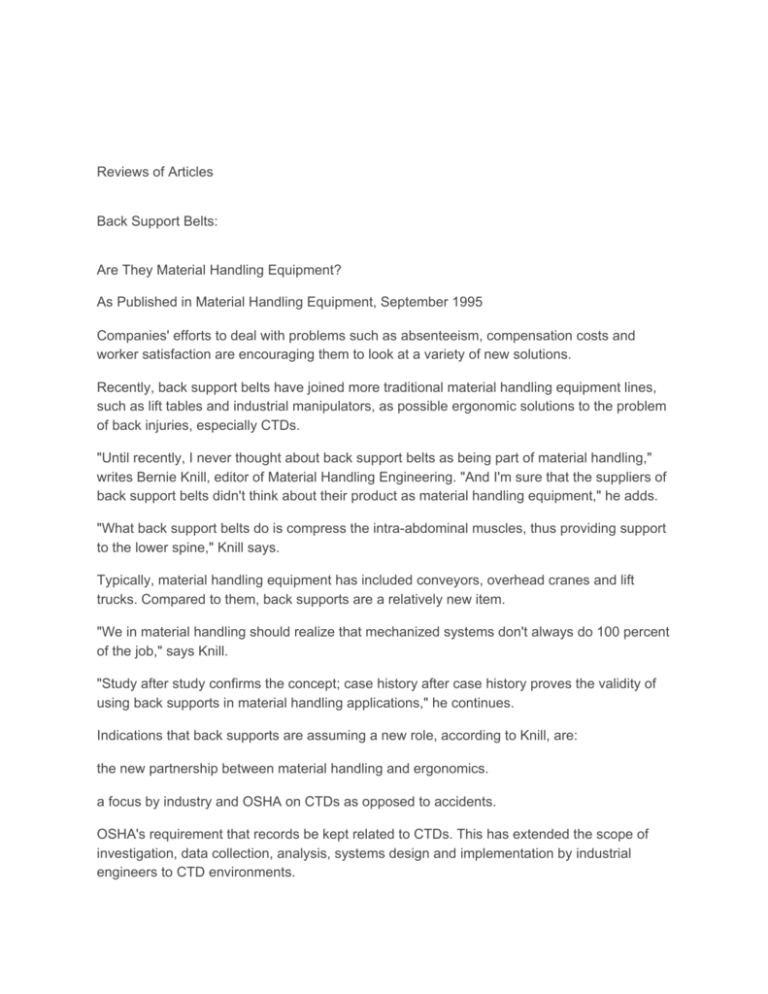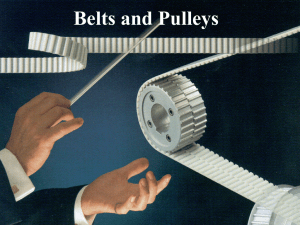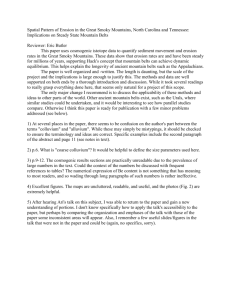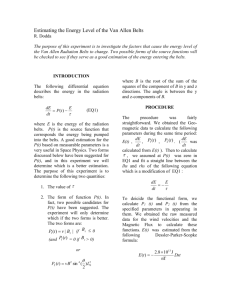Reviews of Articles Back Support Belts: Are They Material Handling
advertisement

Reviews of Articles Back Support Belts: Are They Material Handling Equipment? As Published in Material Handling Equipment, September 1995 Companies' efforts to deal with problems such as absenteeism, compensation costs and worker satisfaction are encouraging them to look at a variety of new solutions. Recently, back support belts have joined more traditional material handling equipment lines, such as lift tables and industrial manipulators, as possible ergonomic solutions to the problem of back injuries, especially CTDs. "Until recently, I never thought about back support belts as being part of material handling," writes Bernie Knill, editor of Material Handling Engineering. "And I'm sure that the suppliers of back support belts didn't think about their product as material handling equipment," he adds. "What back support belts do is compress the intra­abdominal muscles, thus providing support to the lower spine," Knill says. Typically, material handling equipment has included conveyors, overhead cranes and lift trucks. Compared to them, back supports are a relatively new item. "We in material handling should realize that mechanized systems don't always do 100 percent of the job," says Knill. "Study after study confirms the concept; case history after case history proves the validity of using back supports in material handling applications," he continues. Indications that back supports are assuming a new role, according to Knill, are: the new partnership between material handling and ergonomics. a focus by industry and OSHA on CTDs as opposed to accidents. OSHA's requirement that records be kept related to CTDs. This has extended the scope of investigation, data collection, analysis, systems design and implementation by industrial engineers to CTD environments. Knill writes he doesn't understand why it took so long for industry to collect and analyze data about back injuries and CTDs and then do something about it. He attributes some of this new emphasis to the total quality and continuous improvement movement, which contributes to health and safety in the workplace.







